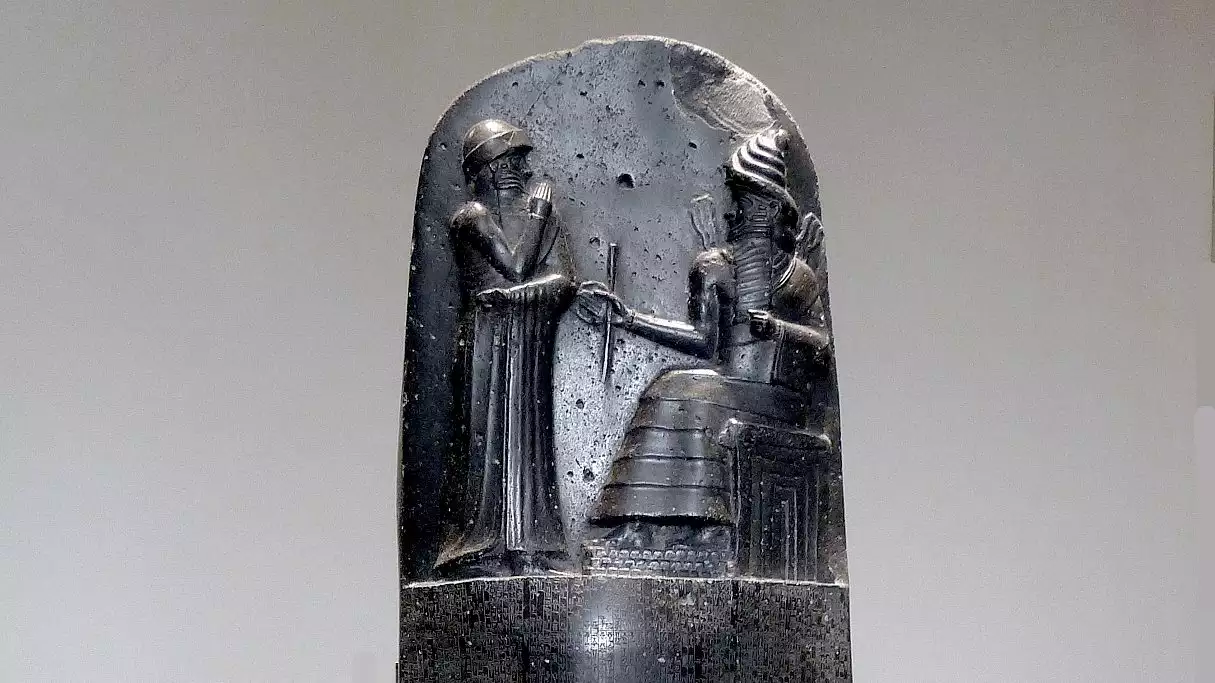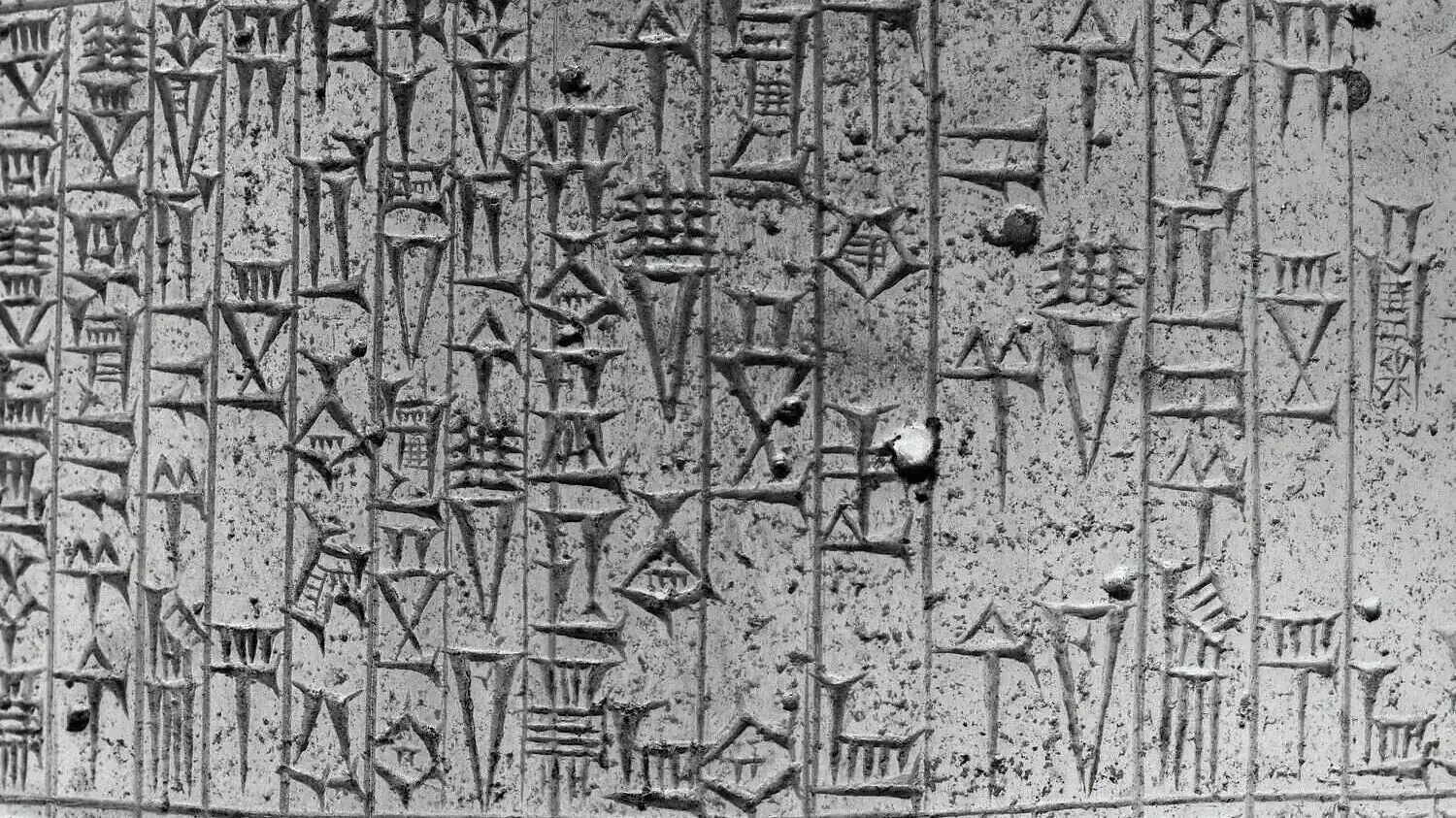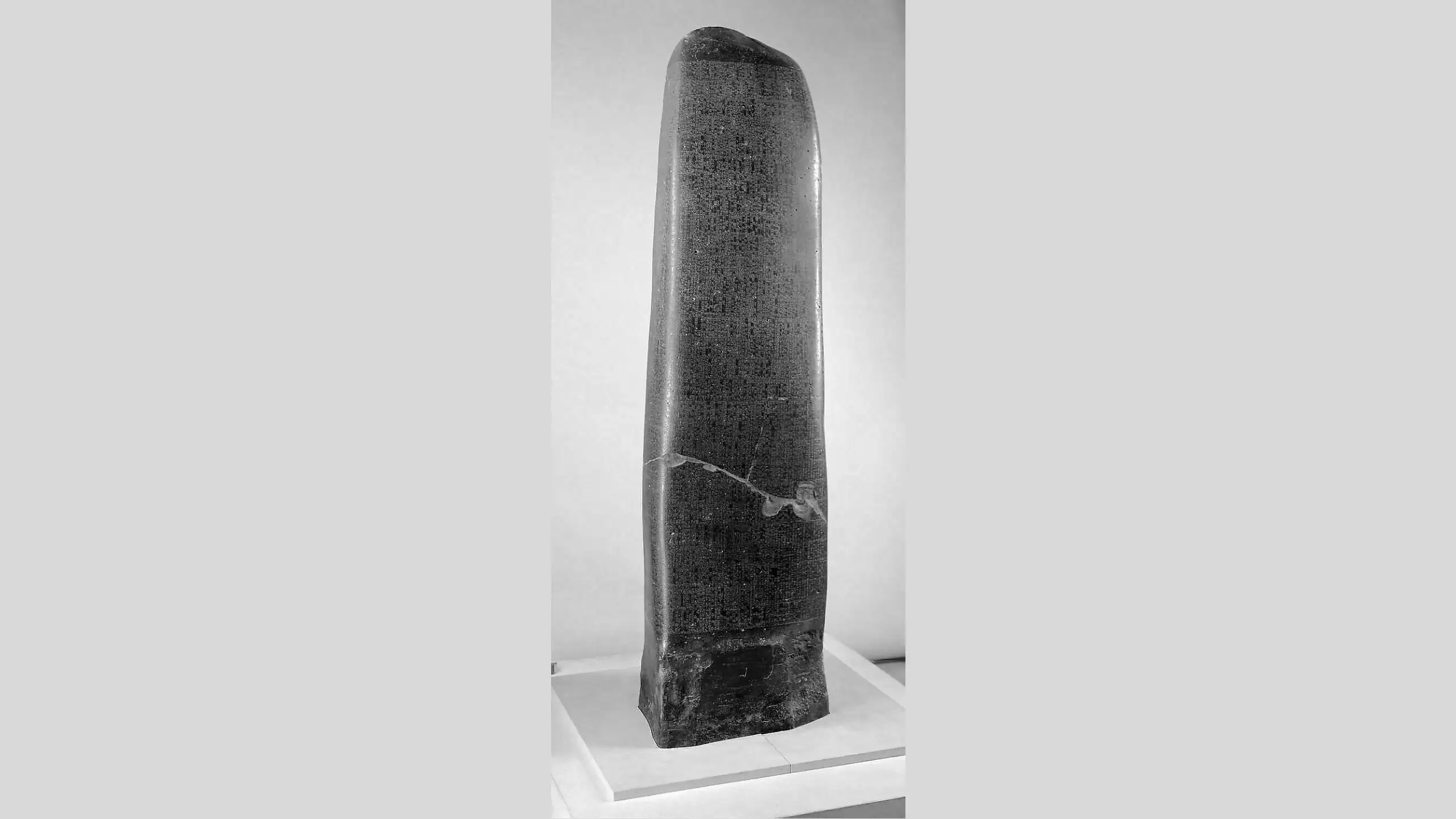The Code of Hammurabi
The Code of Hammurabi is a historical document from Mesopotamia from the 18th century BC. C. composed of a legislative compilation made by King Hammurabi, sixth of the Babylonian dynasty and which constitutes a window to the legal production prior to the Roman period.
This document allows us to understand the legal institutions present in the towns of preclassic antiquity, and the evolutions that these institutions had later. Being one of the main references for the study of law as a natural behavior to the human being.
Its value is above all historical, since the code did not directly influence the subsequent legal systems that were developed in the Mediterranean account, such as Greek or Roman law. But archaeological investigations show that the code is similar to the law of other Semitic peoples, such as the Hebrews, and therefore with the legal vision of the Christian world.
Definition of Code of Hammurabi
The Code of Hammurabi can be understood based on two characteristics that make it unique: (a) the geographical region in which it was found, and in which it was valid; and (b) the king who allowed this compilation to be made, King Hammurabi, sixth king of the first Babylonian dynasty. Furthermore, it is written entirely in cuneiform script.
Code of Hammurabi: Ancient legal code of the region of Mesopotamia, issued during the reign of King Hammurabi.
The first (a) is that the Code of Hammurabi has special importance, as it is the oldest legal code that is preserved in the region of Mesopotamia. This code was written around the year 1750 BC. C. And also─for its time─this code is one of the first to create a written and public law.
And second (b) this code was written during the reign of King Hammurabi, which allows us to understand both the political context and the socio-economic context of the time. Also, King Hammurabi deserves credit for trying to compile all the rules of his day into one body.
Description of the Code of Hammurabi
The current copy of the Code that is preserved is in the French Louvre Museum, and was found in an archaeological expedition led by Jacques de Morgan, a French archaeologist, in the ancient Elamite city of Susa. This city is currently in the province of Khuzestan, present-day Iran, which at the time of the excavation was Persia.
| Label | Description |
|---|---|
| Author | Hammurabi, sixth king first Babylonian dynasty |
| Year | c. XVIII, during the life of Hammurabi (1792-1750 BC) |
| Size | 2.25 meters |
| Location | Louvre Museum, Paris |

The stela was found in three separate fragments, and was later reconstructed, and the upper part contains a relief of King Hammurabi, 65 cm high by 60 cm wide. Some archaeologists such as Fr. Jean-Vincent Scheil interpreted the seated man to be Hammurabi; but the current consensus is that Hammurabi is the standing person, while the seated man represents the sun god Shamash.
Code of Hammurabi Division
Hammurabi's Code was made up of 282 laws. These laws were small rules on very specific issues, and they are grouped into ten thematic volumes. Each of these volumes represents an area of people's lives that the Code would regulate. These rules are carved on a black basalt stele, which rests in the Louvre Museum, Paris.
- Offenses to the administration (1-5)
- Property crimes (6-25)
- Land and housing (26-?)
- Trade (?-126)
- Marriage, family and property (127-194)
- Assault (195-214)
- Professions (215-240)
- Agriculture (241-273)
- Rentals (274-277)
- Slaves (278-211)
A part of the stela has not been preserved in good condition, leaving laws number 26 to 126 with little visibility. But the rest are in good condition, and have been translated for historical and archaeological evaluation. Some of the laws in the poorly preserved segment have fragments that allow us to know at least what they were about.
Characteristics of the Code of Hammurabi
Internally and externally, the Hammurabi code has some particular characteristics that allow it to be distinguished from other documents of the time. These characteristics give it meaning and individuality. Broadly speaking, they are: (a) the writing method used, (b) the normative content of its laws; and (c) the model of justice that it implements.
- Cuneiform writing
- Casuistic
- Retaliation law
Thus, externally (a) the Code of Hammurabi is characterized by having been written in cuneiform script. This allowed it to last until our days, and made the laws it contained difficult to change. In addition, it was inscribed in a solid and rigid stone, which gives it the external properties that we know.
And at the legal level (b) the code is a compilation of failed cases during the first Babylonian dynasty, so its main purpose was not to establish a legal system, but rather to generate an environment of social stability in the population, and to legitimize it to their rulers. This also differentiates it from current codes, since its rules are not abstract.
And finally (c) the ethical basis of the model of justice presented by the Code is retribution, or retaliation law, in which justice implies equal damage for both the affected party and the plaintiff. Which was common in ancient peoples, but not in societies that developed complex legal systems, such as Romans or Greeks.
Hard to change
Hammurabi's code was designed to be difficult to change and to be able to endure over time ─which it did─, mainly for two reasons: (a) firstly due to the historical moment, because as has been seen, the societies of the time did not they distinguished between what was just and what was legal, so the code was idealized as an emanation of essential justice, and not just as a legal document.

In addition, (b) much of the application of the law of the time was based on custom, as a way of allowing the organization of large areas that were impossible to connect administratively, which provided social stability. In other words, a code that lasted over time was more efficient. And furthermore, Hammurabi would end up conquering diverse peoples under him, not only Amorites, but also Sumerians, Elamites, his own, Akkadians, and Arameans.
To which can be added the historiographical techniques of the time, such as cuneiform writing on tablets, which avoided constant changes, and made the creation of lasting texts more efficient. Although this is a rather secondary factor.
Importance of the Code of Hammurabi
Hammurabi's code allows us to understand the first forms of positive social regulation, this is essential to give meaning, nature and scope to law. For example, the reciprocity between behavior and punishment is constant throughout Hammurabi's code, which is generically called the lex talionis or 'an eye for an eye'.
This conception of justice would permeate at least the entire Middle Eastern world of the time, and therefore would be reflected in other Mediterranean cultures through the Phoenician transmission of Levantine law.
Hence, Hammurabi's code allows us to give an idea of the role of law in society, by comparing which institutions took place in the first urban centers, and which are still maintained today despite technological and social progress.
Social Fairness
One of the most important social connotations that the Code of Hammurabi had been that it shows how people, regardless of the historical moment, can measure the need for objective laws that mediate between individuals in society, avoiding the arbitrary application of the law.
In other words, this code gives us a clear and early reference─18th century BC. C.─on measures that seek to create an environment of greater social fairness. Especially with some of its sections, such as the retribution of penalties regardless of the social status of the person who committed them. Or the burden on the head of the person who accuses, to prove the reasons for the accusation of him.
This aspiration for social fairness, or "harmony", can also be seen throughout the prologue and epilogue of the Code, which narrates Hammurabi's aspiration to create a more just earthly order, his main function being as king and delegate of superior entities. Thus, the legitimacy of the ruler is not generated from his birth, but by ensuring this fair order.
The Code of Hammurabi Today
Currently, the Code of Hammurabi is one of the main historical, legal and anthropological research documents in the world, due to its enormous social innovations, and because it was ahead of its time, being written before the Iron Age (10th century BC). C). Some concepts, such as presumption of innocence, compensation, or civil liability, can already be seen in their laws.
Between this document (1750 BC), and other historical milestones that also sought this same purpose of social harmony, such as the United States Constitution (1788), there are more than three millennia (3,538 years). Hence, it is the starting point of most historical studies on the philosophy of law, and on the anthropology of law.

Whoever wants to see the code can visit the Louvre Museum, Richelieu Pavilion, Room 227, outside its display case, due to its good state of conservation. And for three decades, much of the study of law has begun to investigate pre-Roman legal models, such as the Code of Hammurabi, to have an idea not only legislative, but also sociological, of the function of law.
Ancient Law
Table of Contents
AcademiaLab© Actualizado 2024
This post is an official translation from the original work made by the author, we hope you liked it. If you have any question in which we can help you, or a subject that you want we research over and post it on our website, please write to us and we will respond as soon as possible.
When you are using this content for your articles, essays and bibliographies, remember to cite it as follows:
Anavitarte, E. J. (2021, March). The Code of Hammurabi. Academia Lab. https://academia-lab.com/2021/03/19/the-code-of-hammurabi/